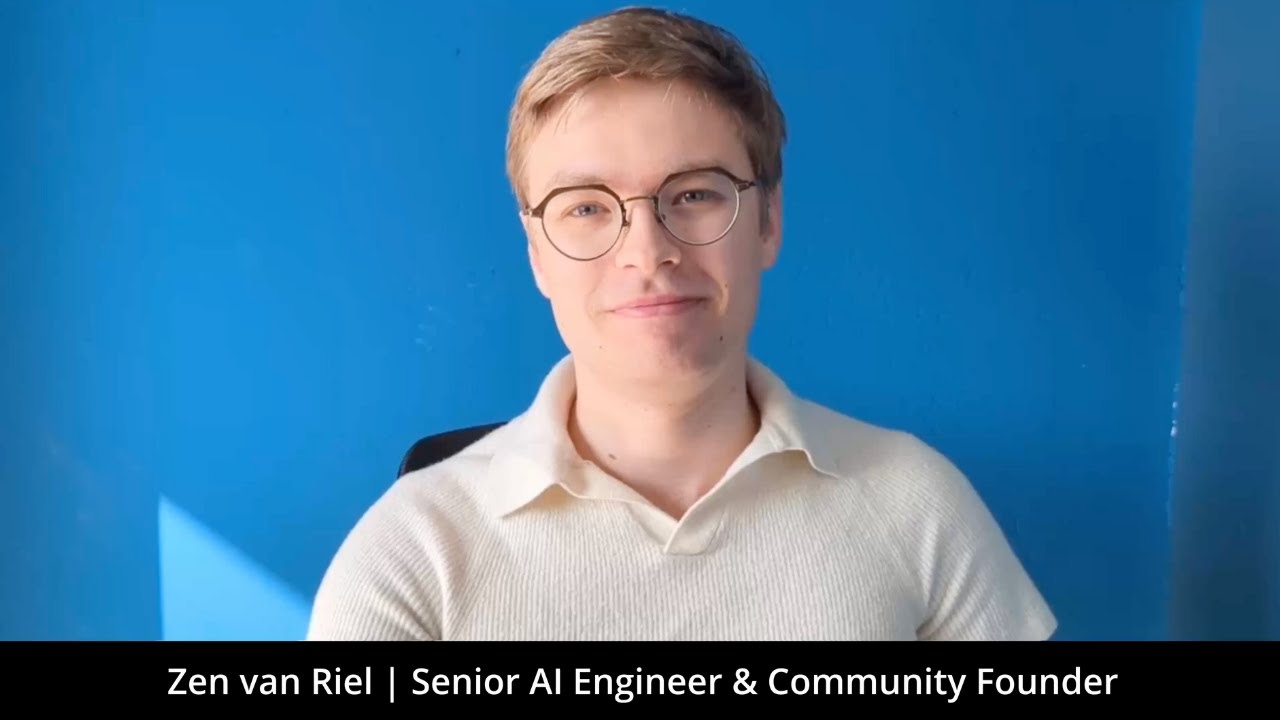A Production Implementation Roadmap for Real-World AI Toolsets
As a senior engineer at a big tech company building AI solutions used by thousands, I’ve developed a practical toolset for implementing AI systems from proof-of-concept to production. This isn’t theoretical—it’s the actual framework I use daily to create systems that solve real problems. I condensed a decade-long career into just four years by focusing relentlessly on implementation, and this roadmap reflects the exact path I followed in my comprehensive AI engineering career journey.
Beyond AI Hype
Most discussions about AI focus on specific technologies in isolation or hype up buzzwords that don’t work together coherently. When I was learning, this created a fragmented understanding that didn’t translate to real skills. My approach instead centers on end-to-end implementation—building complete systems that deliver actual value.
My toolset covers the full AI implementation spectrum:
- Understanding fundamental AI concepts practically (tokens, embeddings, and vectors)
- Working with cloud and local AI models effectively (Azure OpenAI, Anthropic, open-source models)
- Implementing proven techniques like RAG and prompt engineering (not hyped but genuinely effective)
- Storing and processing data efficiently (from simple in-memory solutions to vector databases)
- Creating robust backend systems (primarily with Python and FastAPI)
- Building reliable deployment infrastructure (Docker, Kubernetes, and cloud platforms)
This comprehensive approach is what separates production implementations from interesting experiments—and it’s exactly how I build AI systems that actually make it to production while so many others fail.
Core Implementation Foundation
The foundation of successful AI engineering isn’t mathematical theory—it’s understanding how to make computers reason about text by transforming it into vectors. When I began working on AI systems, I quickly realized this was the core knowledge I needed. This practical understanding of tokens, embeddings, and vector search enables critical capabilities like:
- Finding semantic relationships between documents (a technique I use constantly)
- Creating PDF question-answer systems (one of the most requested implementations)
- Building customer support solutions (with measurable business impact)
- Implementing other high-value applications that solve real problems
This foundation supports virtually every AI implementation I build, from small internal tools to large-scale production systems serving thousands of users.
Development to Deployment Pathway
The most reliable implementation path follows a clear progression I’ve validated through multiple successful projects:
- Starting with cloud AI models for rapid proof-of-concept (I recommend Azure OpenAI for enterprise readiness)
- Implementing RAG systems for enhanced capabilities (a technique I use in virtually every production system)
- Building robust data storage solutions using vector databases (from in-memory for simpler cases to production-scale implementations)
- Creating maintainable backend architectures (I primarily use Python, FastAPI, and Langchain)
- Developing proper frontend interfaces (typically with TypeScript and React for chat UIs)
- Deploying with scalable infrastructure (Docker containers orchestrated with Kubernetes)
This pathway consistently delivers solutions that work beyond demonstrations. I’ve followed it repeatedly to bring AI systems from initial concept all the way to production deployment serving real users.
Implementation Over Theory
My career acceleration came from focusing on implementation rather than getting caught in theoretical debates or chasing the latest AI hype cycle. I learned early that companies value engineers who can deliver working systems, not just discuss theoretical concepts. This practical orientation remains the fastest path to building valuable AI solutions that solve actual business problems and advance your career. This approach is essential for building a strong AI engineering portfolio that demonstrates real-world capabilities.
Want access to my complete AI engineering toolset and implementation roadmap? Join the AI Engineering community where I share the exact techniques, patterns, and approaches I use to build production AI systems. You’ll get access to my full mindmap of implementation tools, from fundamental AI concepts to production deployment strategies, all based on what actually works in real-world applications.

